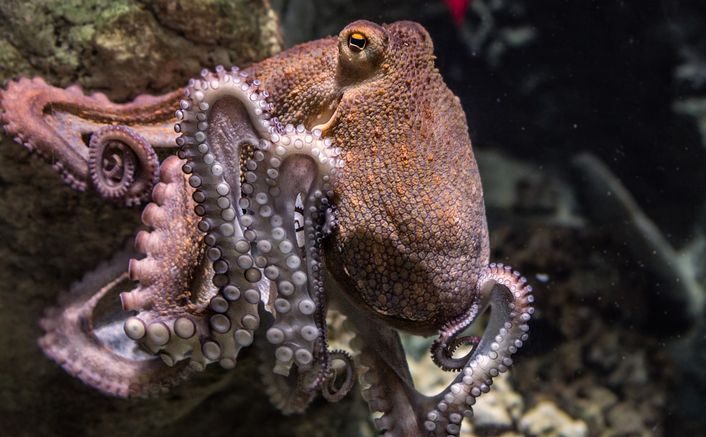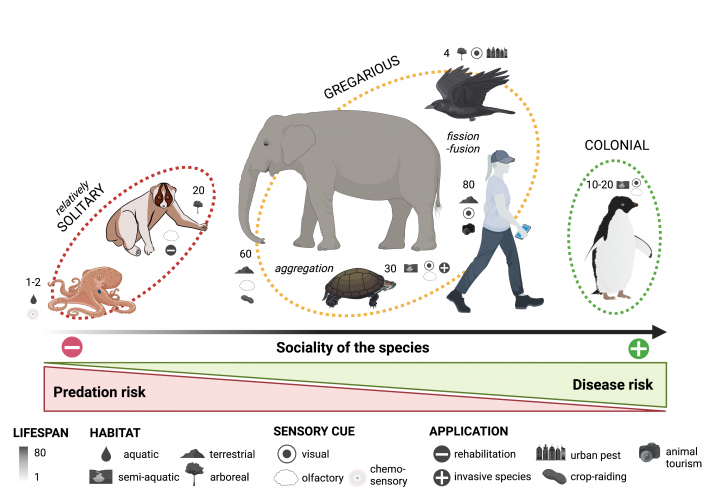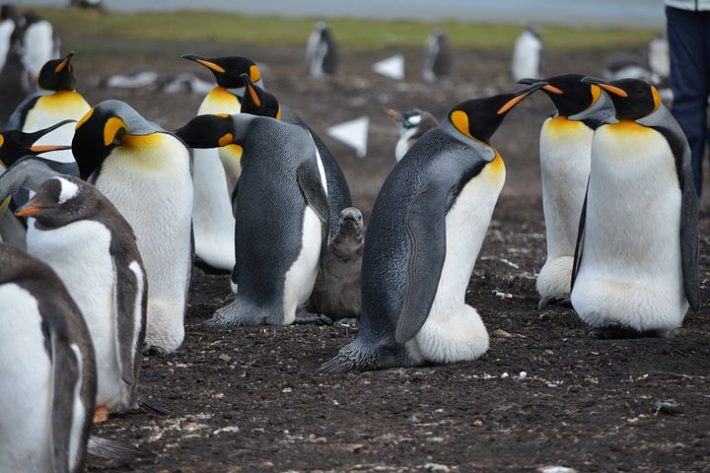Animals risk getting sick everyday, just like humans, but how do they deal with that risk? An international team led by Dr Cecile Sarabian from the University of Hong Kong (HKU) examines the use of disgust-related avoidance behaviours amongst animals and their role in survival strategy.

The feeling of disgust is an important protective mechanism that has evolved to protect us from diseases risks. Triggered by sensory cues, we feel disgust surrounding things such as the sight of infected wounds. This releases a set of behavioural, cognitive and/or physiological responses that enable animals to avoid pathogens and toxins.
An international team, led by Dr Cecile Sarabian from the University of Hong Kong, has turned their attention to the emotion's role in animal disease avoidance – an area of study typically neglected. The team developed a framework to test disgust and its associated disease avoidance behaviours across species, social systems and habitats.

Characteristics such as whether a species lives in groups or alone are important when analysing their response to disease. The paper, published in Journal of Animal Ecology, highlights the positives and negatives of experiencing disgust to avoid disease.
Over 30 species use disease avoidance strategies in the wild, according to previous reports, however the authors provided predictions for seven additional species that were previously overlooked. These include the common octopus, a species native to Hong Kong, and the red eared slider – an invasive species.
How does disgust inform survival strategies?
Species exhibit varying levels of disease avoidance behaviour depending on their social systems and ecological niches. Solitary species can be less vulnerable to socially transmitted diseases, and thus less adapted to recognise and avoid that risk. But a group-living species are more prone, but also more likely to recognise and avoid sick animals.

However, species living in colonies like rabbits or penguins may be more likely to tolerate infected mates. As the species depend on each other to survive, collective immunity can be less costly than having to isolate. This model could also apply to human diseases, for instance, the COVID-19 pandemic.
Furthermore, the authors suggest five practical applications of disgust-related avoidance behaviours in wildlife management and conservation. These include endangered species rehabilitation, crop damage and urban pests. For example, modulating the space use and food consumption of crop-damaging species, disgust-related behaviours could be useful. This could involve creating an environment that is unappealing to pests.
"Given the escalation of conflicts between humans and wildlife, the translation of such knowledge on disease risk perception and avoidance into relevant conservation and wildlife management strategies is urgent," says Dr Sarabian.
Article adapted from a University of Hong Kong press release.
Read the full paper here:
Sarabian, C., Wilkinson, A., Sigaud, M., Kano, F., Tobajas, J., Darmaillacq, A.-S., Kalema-Zikusoka, G., Plotnik, J. M., & MacIntosh, A. J. J. (2023). Disgust in animals and the application of disease avoidance to wildlife management and conservation. Journal of Animal Ecology, 00, 1- 20. https://doi.org/10.1111/1365-2656.13903






